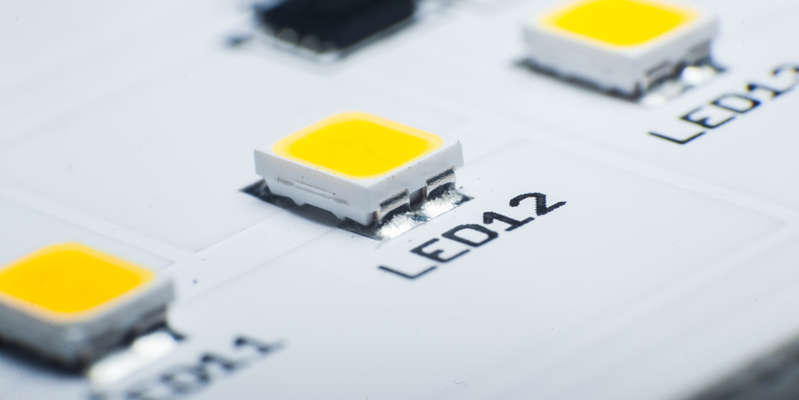
Scientists from Yekaterinburg and Shanghai have developed the brightest and most reliable LED in the world
A group of researchers from Yekaterinburg and Shanghai has created the architecture of perovskite LEDs with red emission. They shine 2.5 times brighter, and the period of their operation is increased 1.75 times. This is reported by “Rossiyskaya Gazeta” with reference to the press service of the UrFU.
“The peak quantum efficiency of the modified LED has been observed for almost 4807 hours. This is the longest service life in comparison with world analogues, ”the university noted.
Perovskites are a group of semiconducting materials with a special crystal structure. They have exceptional optical and electronic properties and are easier to manufacture, making them great for LEDs.
LEDs were not widely used due to the temperature rise caused by Joule heating and other reasons. Thus, continuous productive work of PeLED is limited to hours or even minutes.
Scientists, in turn, propose a new architecture that minimizes the loss of optical energy and also increases the efficiency and lifespan of LEDs. At the same time, it can be used to produce elements not only for lamps, but also for various displays of electronic devices.
The innovative LEDs have a peak efficiency of 21.2%, which is higher than their flat surface counterparts. And with the same current voltage, the new LED is almost 2.5 times brighter, and the period of its productive work is 1.75 times longer.
Associate Professor of the Department of Electrophysics of the Ural Federal University, co-author of the article Ivan Zhidkov noted that the researchers were able to solve the problem of optical energy loss. According to him, the surface of the LED was complicated by a certain order of numerous “patterns”, namely “hemispheres”, whose height is equal to several nanometers.
“This has led to an improvement in light output and, as a consequence, to a decrease in the re-absorption of photons,” – explained the researcher.
Previously, scientists at the Stanford Computational Imaging Laboratory were able to devise a way to see an entire apartment through a small keyhole. This laser can see the room and objects in it through a hole in the front door.

